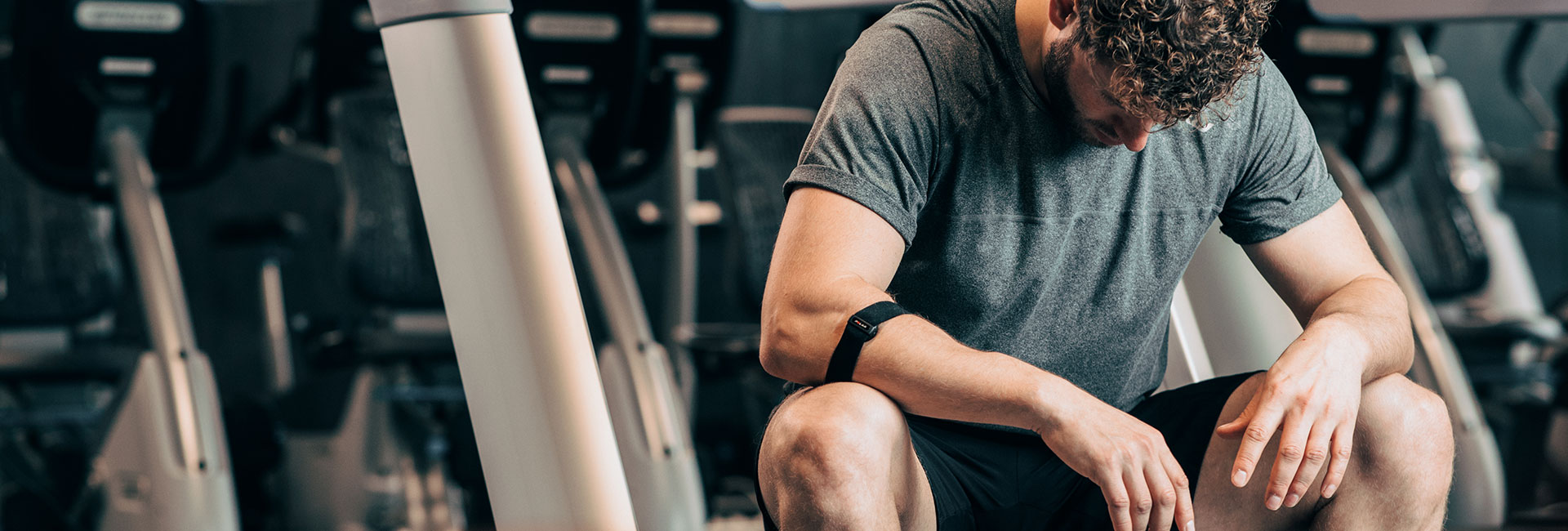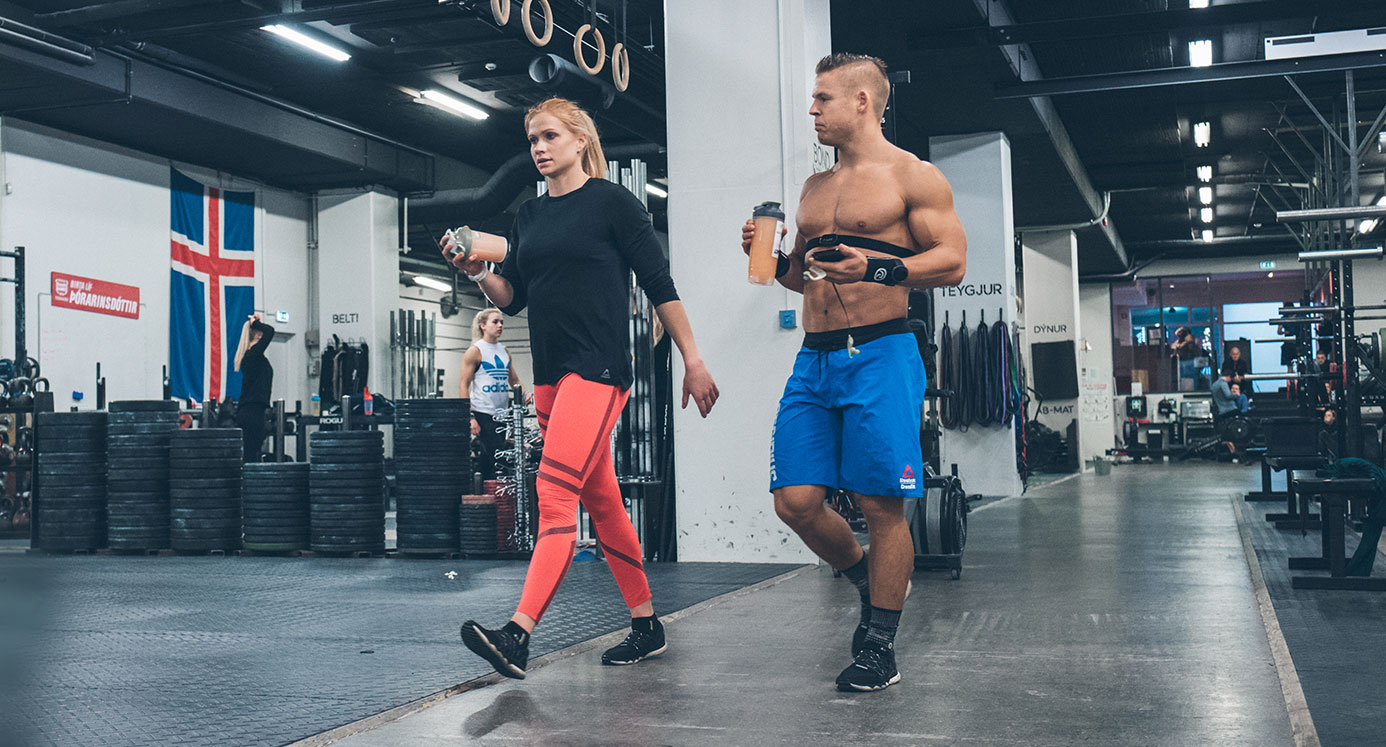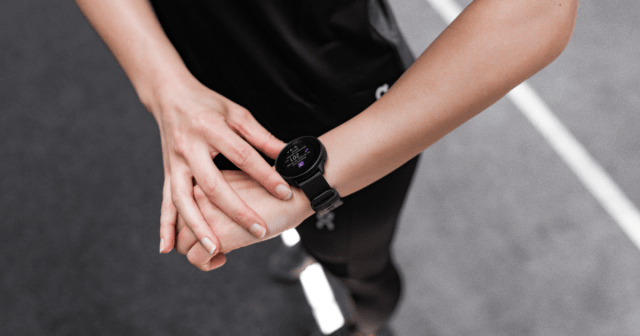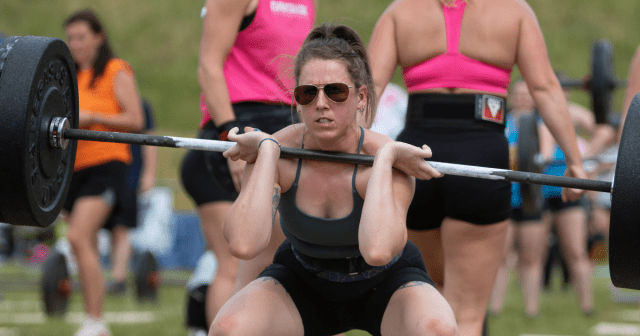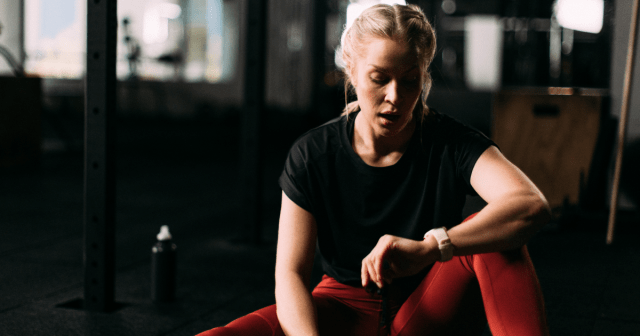Exercise is fun and (hopefully) brings you joy, but in addition to the fun side of working out, you may be anxious to see results – get fitter, stronger, faster. We all have different fitness goals but what bugs most of us equally – whether we’re CrossFitters, bodybuilders or runners – is not seeing results from working out without being able to pinpoint why.
Don’t get me wrong – it’s impossible for anyone to endlessly keep up that upward curve you may have had when you first started – it’s only normal that your progress will slow down over time. But, if instead of making slow progress, you’re not seeing any results from working out or find yourself regressing, you’re most likely not doing the right things – or not doing them right.
Even though we all have our personal goals and measure success differently, there are some common reasons why people find themselves in a rut, not seeing results from working out.
1. Your goal is too vague
If you’ve hit that workout plateau but not sure why, the first step in getting to the bottom of it is to take a closer look at your goals.
Apart from not having a goal at all, the most common mistake athletes and exercisers make – despite their sport – is that the goal they set for themselves is either set too far (which usually leads to lack of motivation) or the goal is too vague.
An example of a target that isn’t specific enough could be: “My goal is to become stronger.” How would you measure that? How do you define what exactly is stronger? Is being able to do two more push-ups enough or does ‘stronger’ mean doubling the amount you lift?
A clearly defined, attainable and measurable goal could be something like:
“1.5x or double bodyweight full range of motion back squat (depending on your level of fitness) in 18 weeks.”
2. Your goal is unrealistic
Many times we don’t believe enough in ourselves, but some of us take it to the other extreme and set the bar way too high for anyone to reach. As a result, they end up getting knocked down by a massive disappointment – all because of unrealistic expectations.
So, before you throw in the towel altogether, be aware of what is attainable with your current fitness level. For example, if you don’t have a strong running background (let alone if you have no running experience at all) setting a goal of running your first marathon in sub 3 hours means setting yourself up for failure.
A more realistic starting point could be to aim to run a 5K or a 10K first. If you go for the 42K, your first marathon should be about gaining the experience and crossing the finish line, never mind the time.
3. You don’t know how to monitor progress
Setting attainable goals that you can measure is key, but the next step is to understand how to monitor progress.
If you set a big goal for yourself and six months from now see if you got there, there’s a chance you’ll find yourself nowhere near where you wanted to be because you’ve been doing things that haven’t been working for you.
The key is to set and measure smaller milestones along the way and adjust your plan as you go. There are various ways to do this but to name a few, here’s what I suggest:
- If your goal is to back squat with double bodyweight in 18 weeks, start the cycle with a test to see where you are in the beginning and then re-test in 8 weeks to see your progression. Then adjust your program accordingly to achieve your main goal in the end.
- If you’re looking to add more capacity to your conditioning, one way to see if you’re heading in the right direction is to choose a time for a certain rowing or running distance. Then monitor your heart rate for that time and see if you can lower your average heart rate in the following weeks in the exact same domain. If your average HR drops progressively, you know your work capacity has increased.
It’s good to have at least 3 months to see proper physical change no matter what your goal may be. Ideally, if your main goal is, say, 3 months away, I would set smaller goals, milestones, for every two weeks and make sure they are realistic enough so you’ll be able to hit them and get a sense of achievement and a nice motivation boost.
When tracking my conditioning I use different time domains and HR monitoring plays a big role. If my goals are strength/power or stamina related I monitor weights (kg) and repetitions.
4. You’re not varying your workouts
Plain routine is the enemy blocking your way to better fitness results. Repeating the same exercise routines will lead to plateau in workout performance and results – not to mention you’ll get bored and lose motivation. You’re body needs new stimuli and progressive training if you want to see results.
A more developed cardiovascular system will also increase your ability to recover faster.
Both HIIT and steady-state cardio are essential even if your main goal is to build muscle and strength. To optimize muscle growth and there-on strength, you need a solid cardiovascular base to feed your muscles with nutrients etc.
The best way to vary your workouts is to do functional fitness due to its complexity. If you do constantly varied functional movements the hormonal responses in your body will be greater because your body won’t be able to adapt as fast and will need to work harder to keep up with the new stimulus.
There are numerous ways to spice up your workouts by varying intensity, weights, duration or working on entirely new muscle groups or trying completely new activities.
Think outside the box – vary your workouts and the results will speak for themselves.
5. You don’t warm up
You’re pumped and can’t wait to get to your actual workout? When you’re feeling super psyched, it’s tempting to skip warming up and just get right to the point. But, if you don’t warm up, you’ll get less out of your workout as your body won’t be ready to give it your 110%.
The purpose of a warm-up is to gently activate and prepare your muscles for the workout and get your heart pumping more blood into the muscles with every beat. How to best prepare for your body for exercise depends (naturally) on the workout your about to do but there are some common principles that apply to warming up in general.
A good warm-up should always include three steps:
- Progressively increase your heart rate to get the blood flowing in your whole body by doing something simple e.g burpees, jogging or rowing.
- Perform a mobility routine to get your body ready and mobile for the actual workout, e.g if you are going to run then focus on your ankles, calfs, and posterior chain.
- Get your mind in the game and start practicing the movements ahead. It’s important to make a clear difference between training and practicing, e.g before a heavy olympic weightlifting session you are practicing all the different technical components of the movement.
6. You don’t know how to structure your workouts
It’s awesome to be excited about working out but if you’ve been trying to hit your goals faster by doing more and more of the same, you may be feeling like running a treadmill – putting in a lot of effort without moving forward.
The ideal amount of high intensity training per week depends on your level of fitness and on your total training load for that week. I usually do two shorter (5-10 min) HIIT type workouts and one longer HIIT session (20+ min) per week.
Mobility should be at the least a part of your every day warm-up routine before your actual workout to make sure your body is ready to go and to get the best results. If you’re not able to perform the movements correctly because you lack in mobility, the results of the workout will also be poor.
A really important rule in increasing any kind of fitness is Mechanics -> Consistency -> Intensity. Now, if you lack in mechanics due to not reaching full range of motion in a certain movement, you won’t be able to move on to consistency and your progress will come to a halt. This rule, if followed correctly, will always guarantee you an increased fitness level overall.
7. You don’t recover
Like the age-olds saying goes: “No rest, no gain!” That means seeing fitness results requires recovery.
When it comes to rest days, I believe in the 3 ON-1 OFF style. This will work for most people, keeping in mind the total load for a week.
Of course, your level of fitness will affect the time you need to recover. A rule of thumb would be three days of training per week for beginners and up to five for the more advanced athletes.
In addition to post-workout recovery routines, rest days and active recovery, sleep is one of the key factors in recovery. During your sleep the hormonal production is at its peak so the amount and quality of your sleep will clearly affect your results.
A good way to measure your recovery status is to perform an orthostatic test in the morning three times a week. Experienced athletes will also find themselves comparing previous results and assessing their current status by how they feel.
8. Your diet is off
With all the conflicting nutrition advice out there, figuring out what and when to eat is easier said than done. For many athletes optimal meal timing is individual so the only way to truly know what works for you is to try, monitor and adjust.
Because our bodies are unique, it’s challenging to give out generic nutrition advice applicable to everyone, in all situations, but if you aim to eat unprocessed whole foods, high-quality proteins and essential fats (e.g. from avocados and nuts) as often as possible, you’re off to a great start.
If I could give only one nutrition tip, it would be:
Prepare your own meals, this way you know what you’re putting in your mouth.
If you liked this post, don’t forget to share so that others can find it, too.
Or give it a thumbs up!
I like this article
Please note that the information provided in the Polar Blog articles cannot replace individual advice from health professionals. Please consult your physician before starting a new fitness program.
